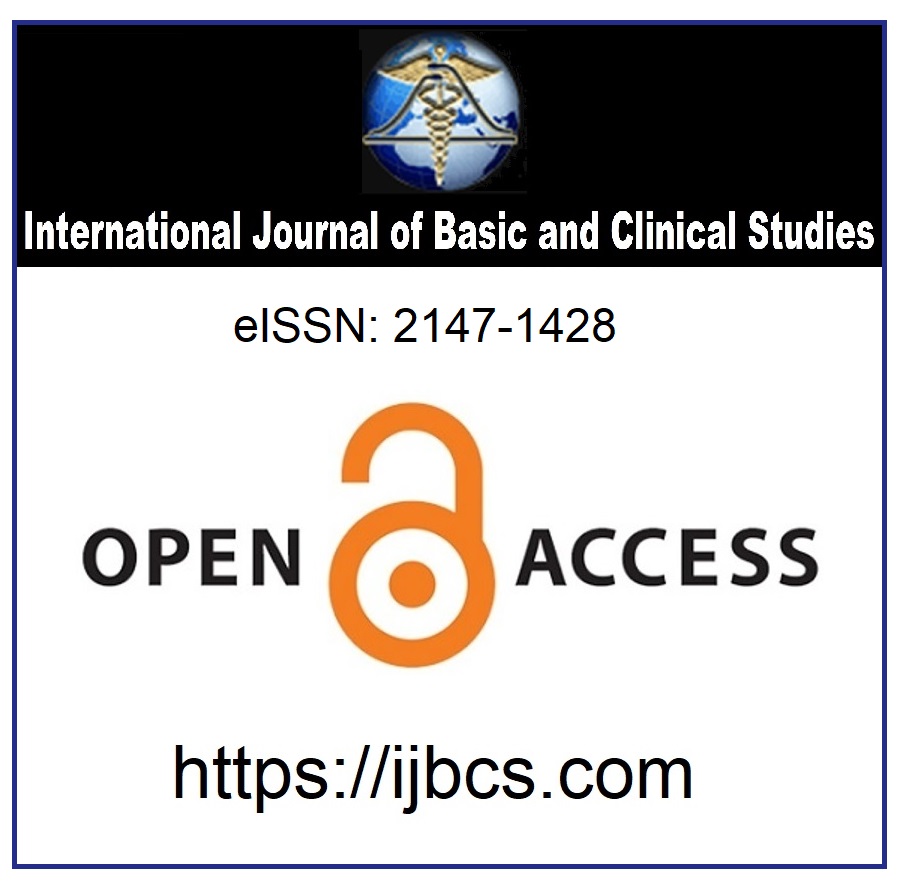Analysis on the Errors in the Pre-analytical Process in a Clinical Microbiology Laboratory
Keywords:
Microbiology laboratory, pre-analytical process, error sourcesAbstract
Aim: To investigate the type, frequency and the role of education in preventing errors in the preanalytical process in the clinical microbiology laboratory.
Material and Methods: This study was performed by Dr. Siyami Ersek Chest and Heart Surgery Training and Research Hospital. Errors of samples from the period between 01-07.2018 and 31.12.2018 were recorded for 6 months in the clinical microbiology laboratory during the working hours of weekday. Mistakes; the test group, the type of the sample, the unit that sent the instance and the type of error. The error rates at different stages of the preanalytical process were calculated. In September, the units were given training on the preanalytical process. Correction rates were calculated. The effect of education on the type, frequency and effects of preanalytical error sources were investigated.
Results: 481 (1.2%) of 38095 samples were found to be faulty in the laboratory between 01-07.2018 and 31.12.2018. No sampling acceptance (64.66 %), false barcode adhesion (20.79%) and non-barcode sample (6.65%) are the most common causes of error. Errors have been determined to come from Surgical Intensive Care Unit - Pediatrics-1 (12.06 %), Polyclinic (12.06%) and Surgical Intensive Care Unit-B Block (9.15%). In the sample type, the highest error was Blood Culture (25.57 %), nasal culture (16.22 %) and wound culture (12.06%). Improvement studies and trainings were planned for the solution of errors by discussing the responsible persons of the related units. The number of mistakes in the weeks of new hospitalization of nurses and nurses was increased.
Conclusion: There have been increased error rates in the weeks when newly recruited resident doctors and nurses worked. In addition, there are problems with sample acceptance devices. After the data obtained, it has been proposed to give orientation training pre-analytical process such as sample request, sampling and sample transfer for newly recruited doctors and nurses.
Downloads
Published
How to Cite
Issue
Section
License
Copyright (c) 2019 by the Authors

This work is licensed under a Creative Commons Attribution 4.0 International License.



